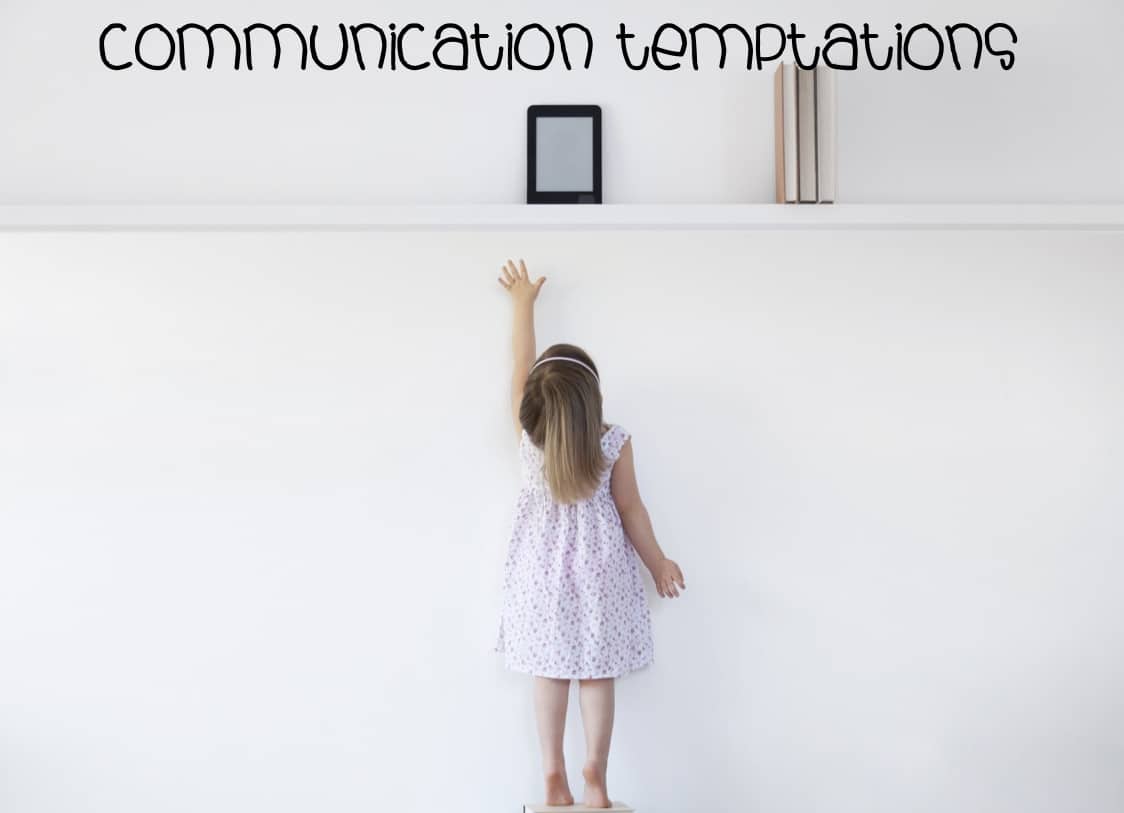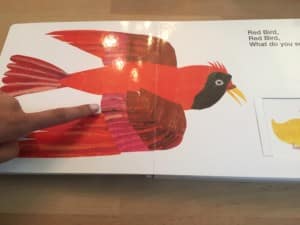This Scribble was scribbled by Trisha Pranjivan (Speech and Language Therapist at TCP)
At The Children’s Place, we believe that therapy is most effective when our therapists and parents work as a team to facilitate the development of a child’s communication. Whereas the therapist may only see the child once a week, a parent is with their child every day! Through our Scribbles here on the TCP Scribble Log, we hope to fill your crayon box with the crayons you need to facilitate your child’s speech and language development.
This month we want to give you five strategies for providing communication temptations to children with language delays or disorders. Parents often know what their children want without their child having a say a single word. In order to children use more words, signs or symbols to communicate, we want to increase the opportunities for them to have to communicate what they want using one of these methods. Below are five strategies for providing communication temptations for your child!
1. Wait!
Waiting…it can be so hard to do! It’s hard for our little ones and it’s also hard for us. It can be very tempting to jump in and give your child the words they need to say, or pepper them with questions in order to have them tell you something specific. Next time you are playing with or reading with your child and you get the urge to jump in and say something – stop… and wait. That little bit of extra time may just be what your child needs to communicate information on their own!
Practice it when you’re reading. Model a comment such as “I see an bird” and then wait to see if your child will point to something else on the page and use a similar phrase. Or you can point to something on the page with an excited look on your face and exclaim “Look!” and then wait to see if your child labels it. You can use the same principles in play and throughout your daily routine. In fact, waiting is going to be key in the next four strategies you read about!
2. Create obstacles to getting to favourite toys, books, and snacks
Think about activities and objects that your child loves – and then create obstacles to getting to those activities and objects! It may seem mean but it’s going to motivate them to communicate with you. Arrange your child’s environment so that they can see their favourite things but can’t easily get to them. You might put their favourite teddy on a shelf that they can’t reach or put their favourite car inside a clear box that they can’t open without your help.
Setting up the environment in this way creates opportunities for your child to come to you to make requests or ask for help. Your child may come to you, point to the box and say ‘car’ to request for it. You can then use this opportunity to extend their language by repeating back ‘want car’ and modelling phrases such as ‘open box’ and waiting to see if your child repeats the longer phrase back to you. As you continue to use this strategy on a daily basis, your child will learn from the repetition and will begin to use the language that you are modelling while he requests for the item.
3. Give small amounts of motivating items or activities
Want to practice requesting? This strategy will get you lots of repetitive practice in a small space of time. If your child wants a sandwich, cut it up into small bite sized pieces and give each piece to your child one at a time, each time, having your child request appropriately for the piece.
If you’re building a tower with blocks, keep hold of all the blocks and apply the same principle. You can even do it while playing ‘people games’ like tickles or chasing. Tickle your little one for a small amount of time, stop, and then wait for them to request for more!
4. Give choices
Choices are a great way to provide language to your little one while encouraging communication and the learning of new vocabulary. Provide choices to your child throughout their daily routine. While getting dressed, you may ask ‘blue sock or red sock’ while holding up each option. Your child is not only learning their colours but is also being given the opportunity to communicate what they want. At snack time you may ask ‘apple or banana?’ and at play time you may ask ‘big car or little car?’ While playing people games, you can get creative and give choices such as ‘tickle feet or tickle tummy?’, ‘Run fast or run slow?’ The choices are endless!
5. Be ‘forgetful’
Be a ‘forgetful’ mum or dad and forget to do the things that you would normally do for your child so that they have to ask you to do it for them! Give your child a banana without peeling it or a yogurt without a spoon. Bring them a book at bedtime but don’t start reading it right away. Or forget the actions to their favourite song! These are all opportunities for your child to ‘remind’ you to do something or to ask you for ‘help.
Now that you’re ready to go and tempt your child to communicate! It’s a lot to think about so choose one strategy and focus on that for a week, then focus on a different strategy the week after that! Good luck!








Leave A Comment